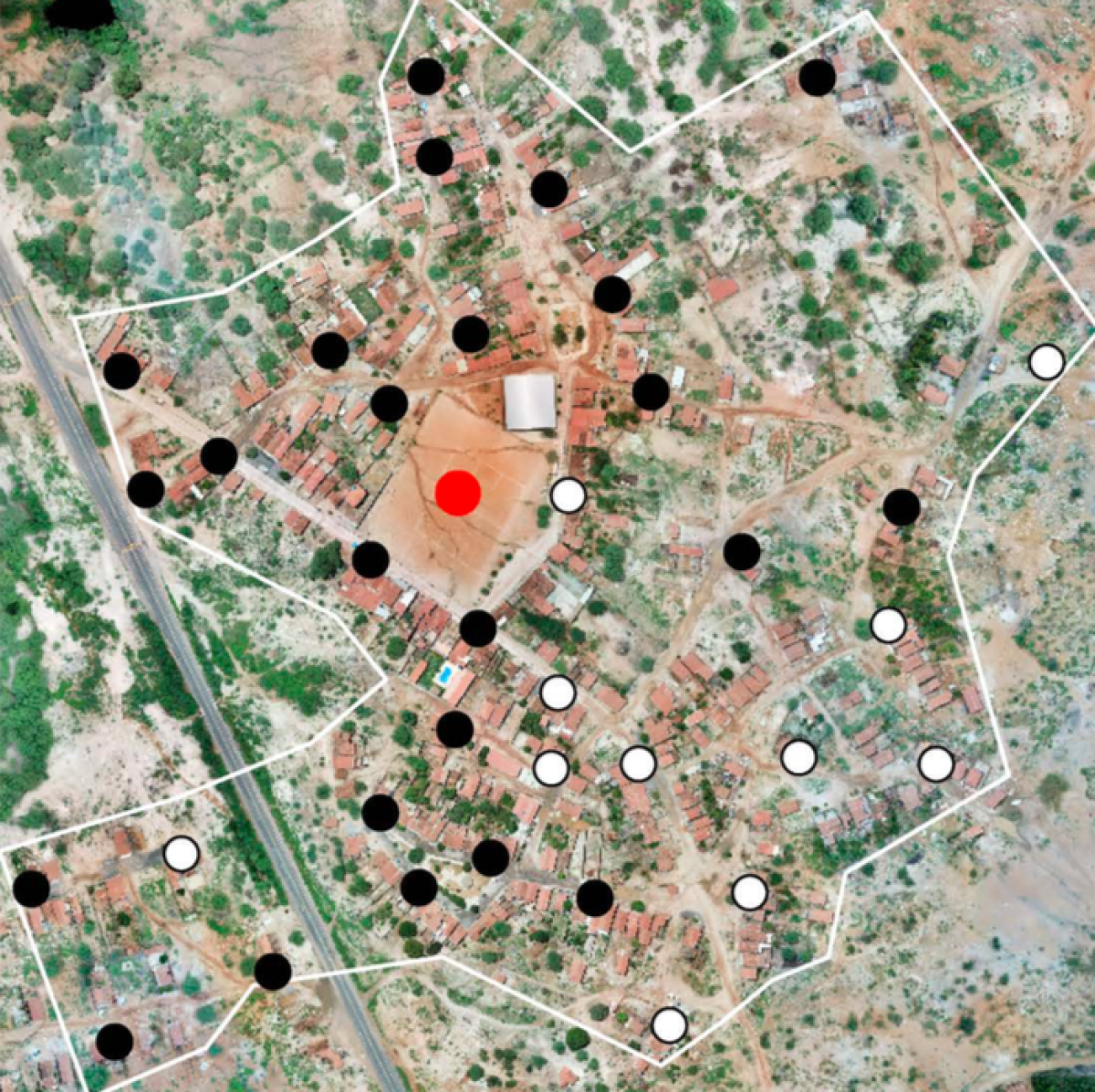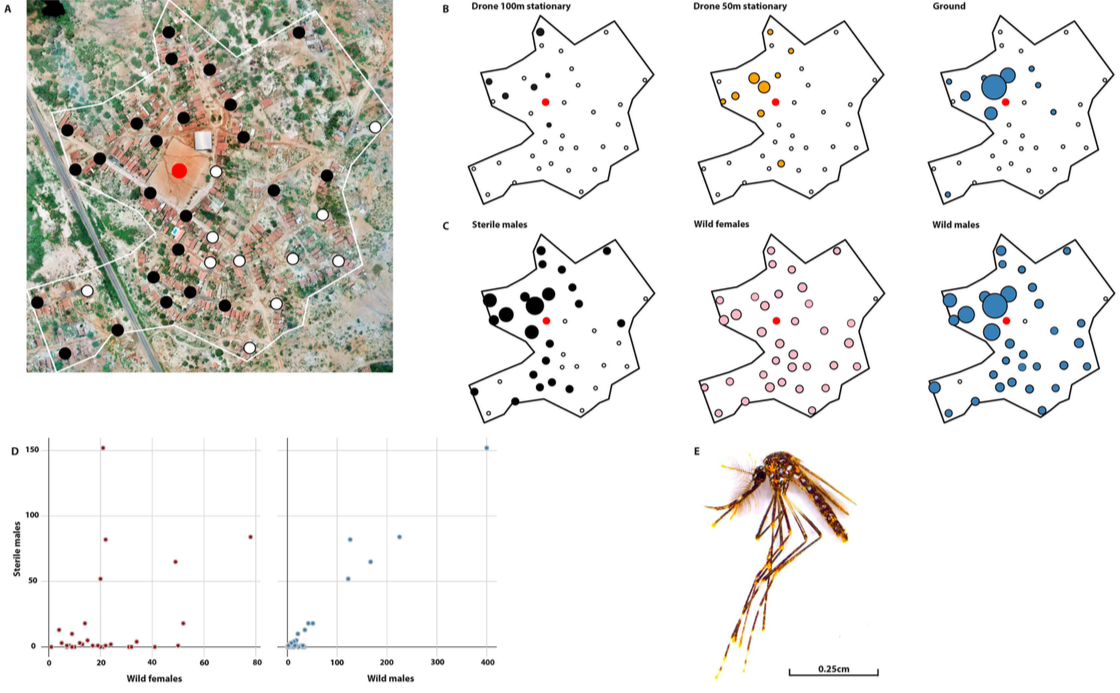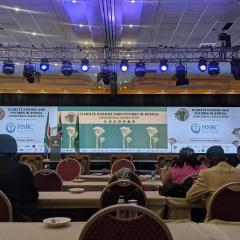
Results of our Drone-based Zika-Reduction Project in Brazil
June 16th, 2020

Our joint Zika-reduction pilot project in Brazil was recently published in the peer-reviewed scientific journal Science Robotics. The applied scientific research assesses the impact of our field trials in Juazeiro. During those trials, we partnered with the International Atomic Energy Agency (IAEA) to release over 200,000 "Anti-Zika" mosquitoes by using our drone-based autonomous release system, engineered in-house at WeRobotics. Our partners at the Insect Pest Control Lab at IAEA led the scientific study, which we contributed to as co-authors.

Below are key excerpts from our joint study entitled: "Field Performance of Sterile Male Mosquitoes Released from a Drone."
- Before the release experiments, the Moscamed team was engaged in several public relations activities in the release area, which resulted in the overall good acceptance of the drone releases by the general public.
- This trial's data indicate that releasing sterile Aedes mosquitoes from a UAV platform (or drone) is feasible with a uniform dispersal of sterile males in the field and a homogeneous sterile to wild male ratio as a result.
- Aerial release approaches will be required to ensure cost-effective releases of the sterile male mosquitoes, especially when large areas need to be covered.The successful release of sterile males from a drone is a crucial outcome, especially given the low dispersal capacity of Aedes mosquitoes. To obtain the same coverage using ground releases would have required a release site every 80 m taking into account the observed median dispersal distance. Releases from the ground in the required 63 release sites would have necessitated two field staff, a vehicle, and two hours of work. The UAV release system used could cover much larger areas by replacing the battery and release cassette more often (every 20-25 minutes given the autonomy of the drone at the speed of 10m/sec used in this study), or by using several UAVs flying in an echelon formation. The release system might also be mounted on a motorcycle or a bicycle for ground releases in an urban setting. Further improvements to the system are currently under development.
Below are key excerpts from Dr. Eric Rasmussen's independent commentary in Science Robotics on our drone-enabled project:
- Two specific findings in this paper were especially interesting to this physician who leads disaster response teams into the aftermaths of cyclones. One was the finding of similar competitiveness between ground release and drone release. That naturally leads to a recognition that this drone methodology, as they describe late in the paper, will allow a remote preparation of the drone canisters, loading and transport to an affected region, and then a release over an area where local preparation of such canisters would not normally be feasible. That may reduce the intensity of later disease outbreaks by reducing the number of viable mosquito eggs deposited in standing water.
- The second important finding here, beyond the clever mechanical engineering to reduce damage to the fragile legs and delicate wings of the insects, is the estimated 20-fold reduction in cost for sterile-insect-technique (SIT) release studies using this new drone modality. If tried in an appropriate subset of the other 34 Aedes SIT studies now in process globally, we might be able to expand the power of those trials without altering their budgets.
- Medical care in a tropical region of the world can easily be broken by an outbreak or a climate disaster. Even without disruptive events, public health resources are often so poor that no local capability exists for mosquito eradication at scale. This new drone technique for sterile release, though, is cheap enough to allow a reduction in the misery of mosquito-borne diseases almost anywhere. That is exciting news.
Many thanks to our partners IAEA for this joint collaboration and sincerest thanks to USAID for funding this project. To learn more about our other ongoing work on mosquito release for public health, please visit this link.
Location(s):
Recent Articles

